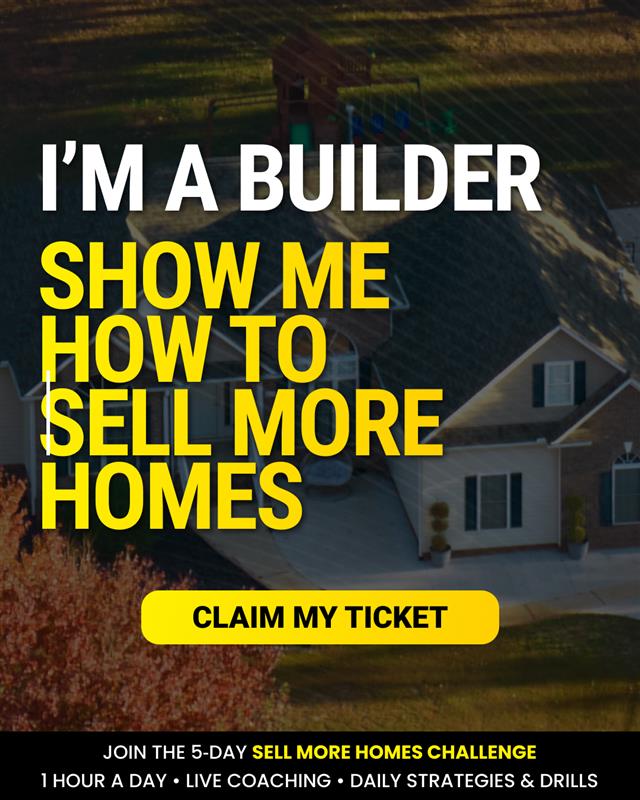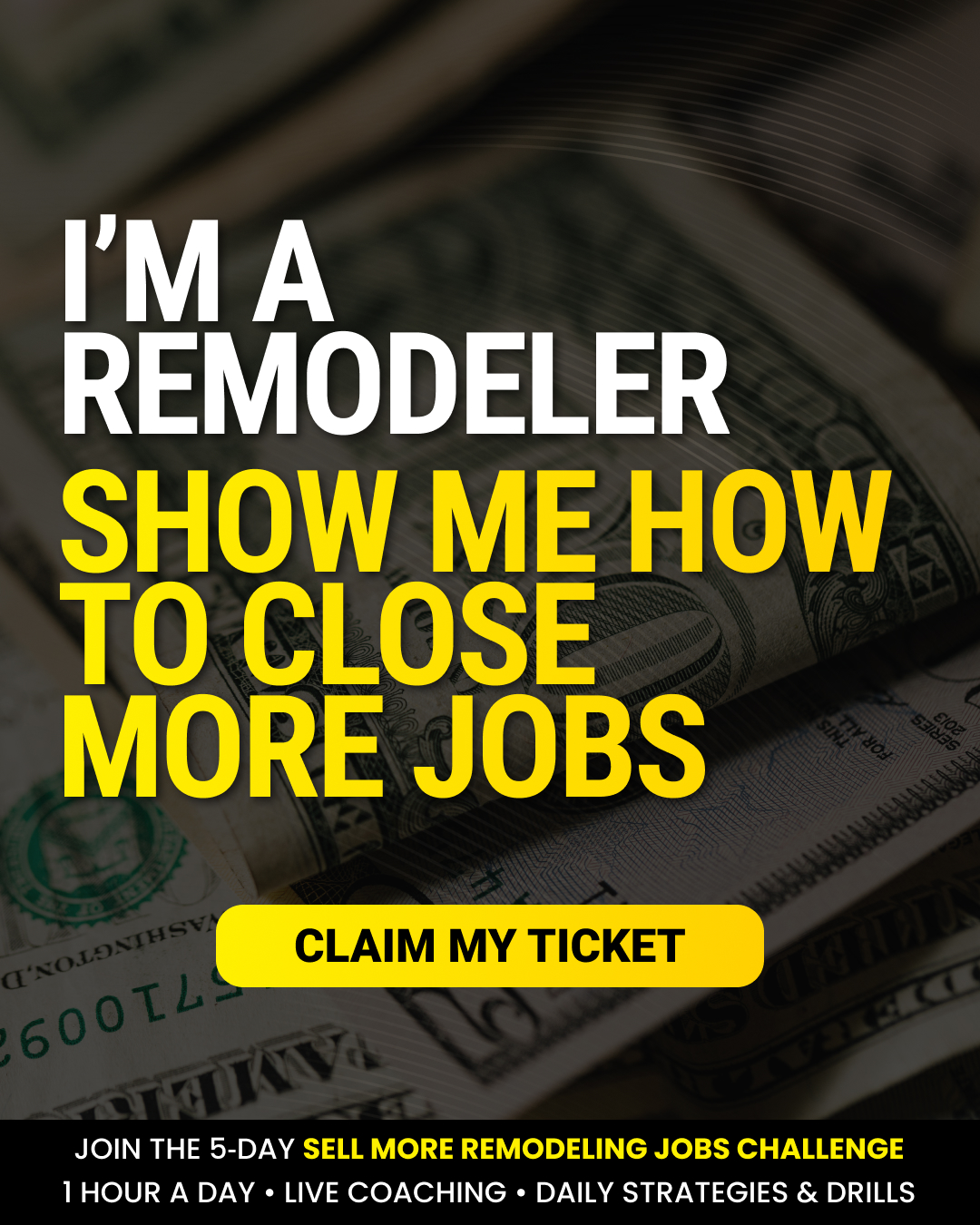The Real Difference Between Amateurs and Closers
Elite closers don’t sound the same as everyone else. Their language has direction and purpose. Amateurs chase. Closers lead. That difference begins with mindset but shows up in every message, call, and touchpoint.
Instead of “following up,” the elite salesperson repositions themselves as a trusted authority. They don’t ask for updates. They provide solutions. This small change builds respect and urgency. It reasserts their place as the guide, not the guest.
They also use time more effectively. Every message adds value, creates context, or removes uncertainty. That’s why elite closers hear “yes” more often—and sooner. Their buyers never wonder who’s in control of the conversation.
Confidence is contagious. Buyers feel it. That’s why this shift is critical. When a salesperson believes they make a difference, their approach changes completely.
The Follow-Through Framework
Jason Forrest teaches a clear model: follow-through, not follow-up. It’s a three-step approach built to increase authority and close rates. Each step replaces an old habit with a new behavior that drives results.
Step One: Reposition with Certainty
Buyers want leadership. They want someone who can connect the dots. Instead of saying, “Just following up,” say, “Since we last spoke, I’ve found a new approach that could simplify your decision. Let’s review it together.” This isn’t chasing. It’s consulting.
Step Two: Add Real Value in Every Message
Each point of contact should teach, reveal, or clarify. Replace small talk with strategic insight. Offer a breakdown, an example, or a comparison. Send a quick plan. Share a client story. Introduce a shortcut. Never contact someone unless it moves the decision forward.
Step Three: Use Strategic Scarcity
Scarcity is not pressure. It’s truth with a deadline. Elite closers say things like, “We’re holding two onboarding spots until Friday. If this still makes sense, I’d like to reserve one for you.” When used well, this creates urgency without sounding aggressive.

How to Handle Ghosting Differently
Getting ghosted is a symptom. It usually means your value didn’t land or your message sounded like everyone else’s. The solution? Change the rhythm and increase relevance.
Instead of checking in, send a useful insight. Try this: “Just had a buyer in your position succeed using a new strategy. Want me to send you the overview?” This type of message earns a response. It invites curiosity instead of guilt.
Timing also matters. Use a 48- to 72-hour rhythm between touchpoints. That keeps momentum alive without creating friction. And always match your timing to the buyer’s level of urgency. Pay attention to what they told you they want. Remind them how to get it.
Every message should sound like someone helping—not hoping.
Why Positioning Beats Pursuit
Pursuit feels like pressure. Positioning feels like partnership. The difference lies in who controls the frame of the conversation. When you position correctly, the buyer leans in. When you pursue, the buyer pulls away.
Elite sales professionals build belief in three areas: the problem, the solution, and themselves as the bridge. That’s what separates top closers from average reps. They don’t rely on product, price, or promotion. They rely on belief, language, and timing.
This identity shift is what Jason Forrest calls the Sales Warrior Mindset. You stop acting like a vendor. You start behaving like a trusted advisor. And buyers respond differently when they feel led instead of followed.
The most skilled sales professionals always ask one question: “Am I chasing—or am I leading?”

JOIN US: LIVE VIRTUAL – SALES FREEDOM MASTERCLASS
Improve Retention Before the Sale Closes
The way you handle communication before the sale teaches the buyer what to expect after. If your outreach feels generic now, your clients will expect more of the same later.
This is where elite closers win long-term. They use follow-through not just to close, but to retain. Their clients trust them because they’ve seen consistency, clarity, and care throughout the process. There are no surprises—only results.
Retention isn’t built after the contract. It starts the moment your first message shows you care enough to be specific.
Scripts That Create Engagement
Replace weak follow-ups with stronger alternatives:
- “Since we spoke, I’ve put together a plan that could simplify things. Want to see it?”
- “We’re holding two onboarding windows. I’ll keep one open until Friday unless I hear otherwise.”
- “I’ve been thinking about your last question. A similar client just solved it—want to see how?”
- “Can I ask directly—what’s the one thing holding you back right now?”
Each of these statements shows leadership and adds relevance. They make it easier for buyers to respond—and harder to ignore.

FREE DOWNLOAD: Get Jason’s Free Warrior Selling Book
Stop Following Up. Start Following Through.
The difference between a sales amateur and a sales warrior comes down to belief. Do you believe you make a difference?
If you do, then every action must come from that belief. Weak follow-up sends the wrong signal. Strong follow-through builds momentum. It tells the buyer: “I’m not here to pester—I’m here to lead.”
Sales is not about waiting for permission. It’s about guiding a decision. And that happens only when your messages shift from transaction to transformation.
So if you’re tired of being ghosted, change the approach. Don’t follow up.
Follow through.
Build Purpose-Driven Performers With Jason Forrest
When you’re ready to develop leaders who think clearly, sell boldly, and perform under pressure—Jason Forrest is your coach.
His identity-based method goes beyond tactics to transform belief, behavior, and long-term performance.
Don’t settle for surface-level training. Contact him now!
Ready to revolutionize your sales team?
Elevate your recruitment, training, and leadership with our expert guidance. Say goodbye to stagnant sales and hello to unprecedented success! Book a Meeting today and take the first step towards dominating your market!






